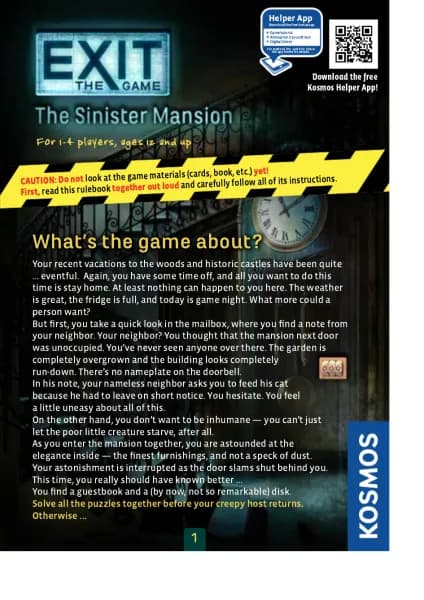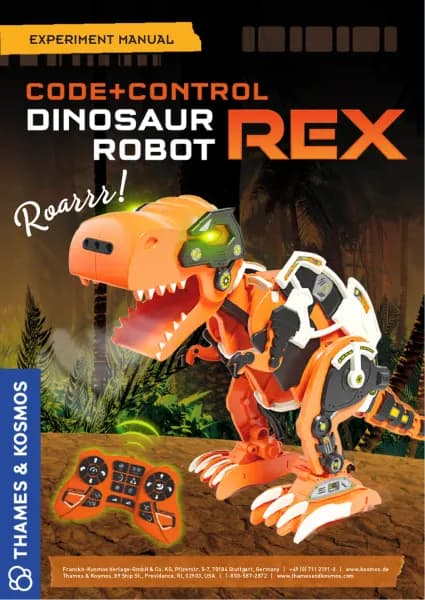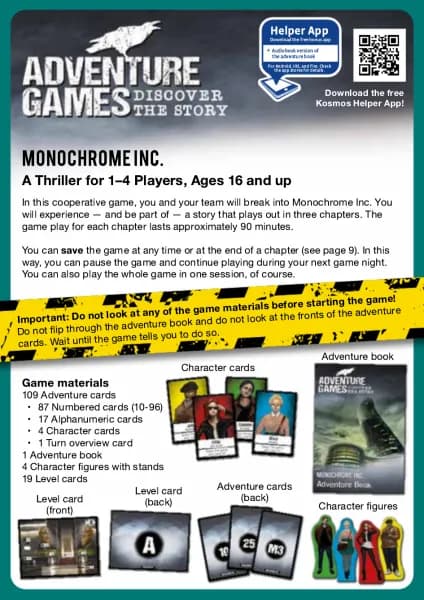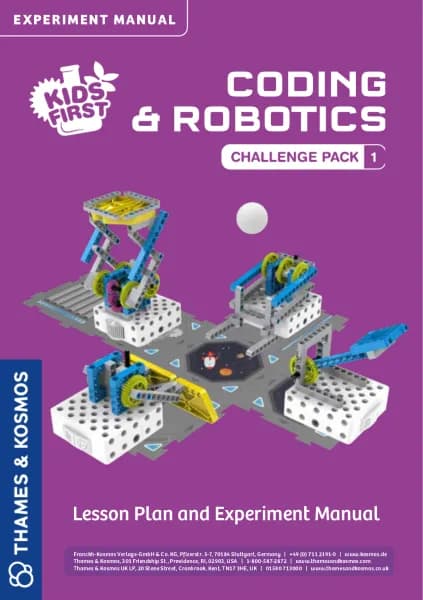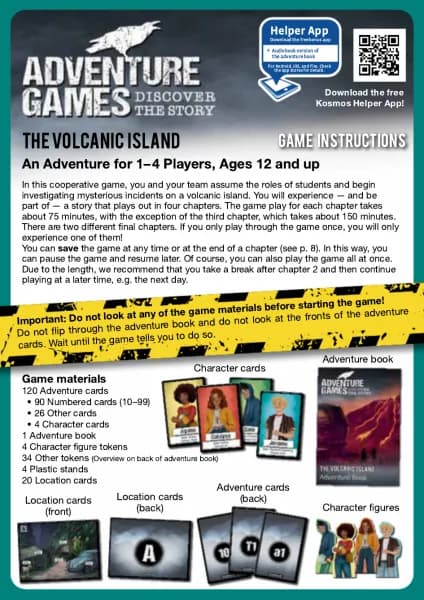Thames & Kosmos Kids First: Crystals, Rocks & Minerals handleiding
Handleiding
Je bekijkt pagina 14 van 36

WHAT’S HAPPENING
When the water evaporates, the building blocks join back together again. And since that happens rather slowly, they
look for the best place to collect. In this way, particularly beautiful crystals will gradually develop — at least, if
they have enough room and don’t get in each other’s way. This evaporation method is one of the best procedures for
producing large, nicely shaped crystals.
Evaporation method
YOU WILL NEED
› Double-ended measuring spoon
› Display box
› Small measuring cup
› Wooden spatula
› Alum solution from the previous experiment
› Paper towels
HERE’S HOW
1. Start with the jar of alum solution from the
previous experiment. Let the jar of solution
stand for a few days in a warm location.
2. The water will evaporate and the alum will
become deposited on the bottom in the form
of pretty, clear crystals.
3. Remove the small crystals from the jar
using the wooden spatula and place them
on a sheet of paper towel. Let them dry.
4. Put them in the display box and close it
well (see page 9). You will need them later
when you make your geode.
1
2
3
4
ABOUT
ALUM
Potassium aluminum
sulfate, known
as alum for short,
is obtained from
certain rocks through
a leaching process.
It has been used
for millennia as,
for example, an
ingredient for dying
materials, to stanch
minor wounds, and
most commonly in
the production of
leather and paper.
EXPERIMENT 2
Bekijk gratis de handleiding van Thames & Kosmos Kids First: Crystals, Rocks & Minerals, stel vragen en lees de antwoorden op veelvoorkomende problemen, of gebruik onze assistent om sneller informatie in de handleiding te vinden of uitleg te krijgen over specifieke functies.
Productinformatie
| Merk | Thames & Kosmos |
| Model | Kids First: Crystals, Rocks & Minerals |
| Categorie | Niet gecategoriseerd |
| Taal | Nederlands |
| Grootte | 30537 MB |


